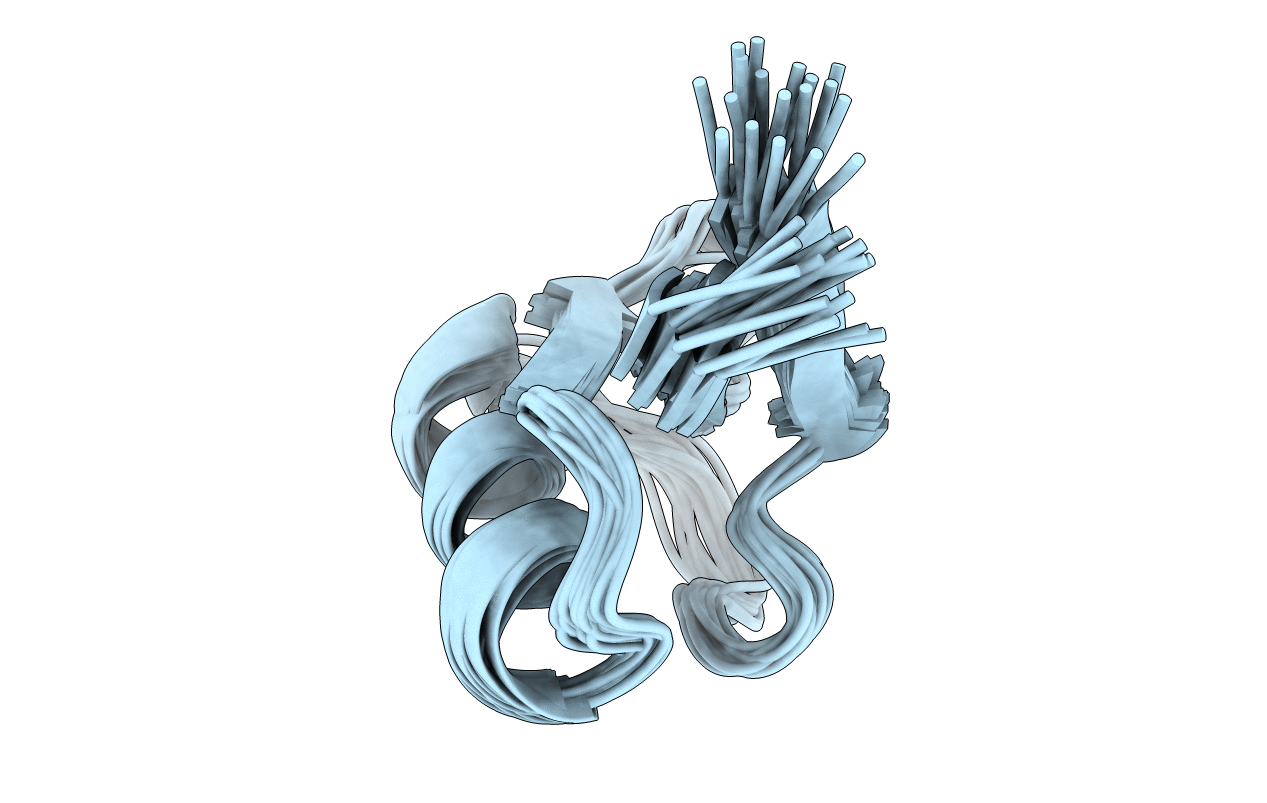
Deposition Date
2006-04-04
Release Date
2007-04-03
Last Version Date
2024-11-13
Entry Detail
PDB ID:
2GL1
Keywords:
Title:
NMR solution structure of Vigna radiata Defensin 2 (VrD2)
Biological Source:
Source Organism:
Vigna radiata (Taxon ID: 157791)
Method Details:
Experimental Method:
Conformers Calculated:
100
Conformers Submitted:
18
Selection Criteria:
structures with the least restraint violations,structures with the lowest energy


